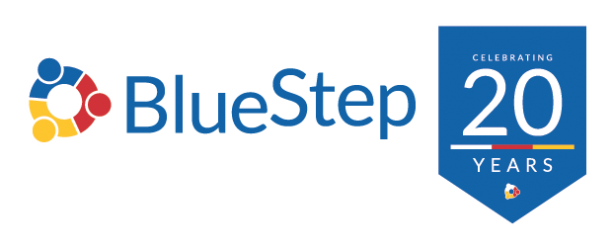Although there are distinct lines drawn between what constitutes true rehabilitation and constructive recreational activities, long-term care operators need to seriously evaluate their programs for each to ensure they are providing the proper level of clinical therapy for their residents, rehab professionals say.
With more high-acuity and memory-impaired residents entering both senior housing and skilled nursing, for example, clinical authorities say it has become necessary for facilities to provide a stimulating regimen of rehab therapies — encompassing mind, body and spirit — for these seniors. And while organized sing-alongs, square dancing, workshop activities and Bingo might capture residents’ interest, rehab specialists maintain that a more sophisticated approach is needed.
“The expectation of therapy is evolving as the long-term care industry embarks upon healthcare reform,” says Leigh Ann Frick, senior vice president of rehabilitative services for Heritage Healthcare. “Outcomes are an essential component and I don’t know that the mind-body-soul wellness element is quite there yet, but there is more conversation about it than there used to be.”
Jack York, founder and CEO of It’s Never 2 Late, says his cognitive wellness program has therapeutic value for users, but he notes there are some operators who don’t see it as legitimate rehabilitation.
“I started this fifteen years ago and for the first ten years it was perceived as an activity tool despite the engagement component,” he says. “I didn’t have a problem with that initially, but when it’s perceived as an activity, no one thinks it has value and they don’t want to pay for it.”
It’s Never 2 Late Director of Therapy Chris Krause was brought in four years ago to reconfigure the company’s program so that “it is used in the context of rehab that nourishes the mind and body,” he says. “The system is a means to a clinical end.”
Because there is a clinical need for cognitive therapy, the IN2L team redesigned the system so that it is clinically intuitive for occupational therapists, physical therapists and speech language pathologists, Krause says.
“We built the software to address the specific needs for all those disciplines,” he explains. “It is arranged in a way that it makes more sense for therapists — we took over the webcam on the computer and developed an interactive mirror so therapists can position their clients in front of the computer and see their balance, posture and planes of movement.”
That means numerous tools can come into play. For instance, by using the Google Earth ground-level view feature, residents can virtually visit places they fondly remember. For speech and occupational therapy, there is an alternative and augmentative communication (AAC) device that enables the speech impaired to touch words and images to express sentences in an audible voice, Krause adds.
Ditch the pegs
One way to discern between activities and rehab is to look at how services are provided. Activities typically are done in groups while rehab sessions tend to focus on the individual, says Kathleen Weissberg, education director for Select Rehabilitation.
“Occupational therapy has been doing functional things, but payers want it from every discipline,” she says. “We’re not really where we need to be, so we’ve taken on a lot of education to make it more purposeful.”
Weissberg has heard excuses galore for facilities not having a purposeful, functional, individual-centered program, the predominant one being “not enough time.” Rehab exercises also need to be more engaging, dignified and appropriate, she says.
“Put down the pegs, cone stacks and Theraputty,” she says. “That is not functional. As therapists, we’re not taking the time to investigate our clients, their histories, backgrounds, hobbies and preferences. Research shows that if we have that information and provide exercises that engage and interest our clients, we will get a much bigger payoff.”
An effective, comprehensive rehab program should focus on person-centered care with individualized care plans, Weissberg says. For example, if a resident has an artistic background, provide that person with the tools to allow for creative expression.
“We need to let residents tell us what is important to them and base therapies on that,” she says.
Beyond rote therapy
Genesis Rehab Services has been focused on resident-centered care for years and therapy is based on each individual’s plan of care, says Erin Knoepfel, director of clinical services for speech language pathology.
“Rote therapy is becoming a thing of the past,” she says. “We are committed to helping cognitive functioning, and we work on more than speech. Cognition also takes in awareness, memory, ambulation, balance and coordination. Addressing all these aspects should be part of a risk reduction initiative that serves to prevent falls and injuries related to cognition.”
Though post-stroke patients are the most likely candidates for speech therapy, Knoepfel says she is seeing more dementia patients as well. Through the Genesis Compass Program, dementia patients get a holistic treatment approach, utilizing speech therapy, physical therapy and occupational therapy.
To be sure, “true rehabilitation is a collaboration between a skilled clinician and the patient,” adds Michael McGregor, clinical specialist for Genesis. “Otherwise it is a recreational activity.”
Compass trains all clinicians — including PTs, OTs and speech language pathologists — how to assess and stage each patient on the Global Deterioration Scale, so that therapists are familiar with each patient’s level of impairment and modify the environment accordingly, McGregor says.
“This is an interdisciplinary approach to care — everyone is expected to understand cognitive health for an evidence-based approach for that patient,” he says. “It facilitates successful aging in place.”
The Compass method is designed so that clinicians can determine each patient’s “true north” — that is, how their skills, vocation, social history and geographic background orient them to the world, Knoepfel says.
“Compass allows us to speak the language across interdisciplinary teams and manage medications, therapeutic intervention and functional maintenance,” she says. “There are things we can do to maintain their function or even improve it.”
Specialty services
Rehab’s influence goes beyond physical, occupational and speech therapy and can address other clinical needs, such as incontinence, lymphedema and renal disease, clinical professionals say.
“Therapy can offer services in a wide variety of areas that can benefit residents and care centers,” says Centrex Rehab CEO Kristy Brown. “For instance, we see a large number of requests for our incontinence program at various care centers. If therapists could help more patients with incontinence, it would not only give patients better control and help them feel better about themselves, it also would save a lot of money for patients and administrators each and every day.”
The Centrex Lymphedema Solutions program also has been offered at every campus where the company provides services, with certified therapists available at each, Brown says.
Renal therapy is another vital rehab service that contributes to the health and well-being of dialysis patients, says Bob Bednar, consultant with Bednar Consulting Group. He points to how Reliant Renal Care has started to provide dialysis care to patients with end-stage kidney disease who reside in skilled nursing facilities in Louisiana. Typically, those residents leave their homes early in the morning, three times per week, and return later in the afternoon.
“Obviously while away from the SNF, they may miss hot meals, social activities, medications, and physical or speech therapy because they are away from their home,” Bednar says. “And on alternate days, these patients may be too tired or sick to join activities.”
Reliant Home Choice Dialysis programs are designed to help residents stay in their home for dialysis, tended by nephrology nurses and patient care technicians who dialyze the patients five times per week for shorter intervals. A technologically advanced portable dialysis machine makes the in-home visits possible, leading to a higher quality of life, Bednar says.
“Because the residents dialyze in their own home, there is little interruption of therapies they need,” he says. “They feel better, can maintain their appetites and have little disruption in their lives.”
More ‘skilled’ therapies
As rehabilitation evolves within the long-term care environment, the need for “skilled” therapies is greater than ever, says Kathryn Canny, project manager and staff occupational therapist for AliMed Rehab.
“It is no longer sufficient to merely be working on overall strengthening or mobility,” Canny says. “The therapist must be showing a real need for each skilled service and the goals must be in line with the resident’s overall plan of care. This may also incorporate empowering residents to have more of a voice in their care and structuring goals around patient-directed care.”
Some group activities, such as yoga and even Wii bowling, can have therapeutic benefits, but they should not be confused with actual rehabilitation, Canny says.
“A true rehab program should have elements that seek to improve residents’ overall functional level and that are built on sound research-based fundamentals,” she says. “Programs can be built around traditional games or activities, but to be truly therapeutic, the techniques applied and modifications made must be clearly defined and gradable to allow each participant the right therapeutic benefit.”

 In Stage 2, a successful transition of care is about the right information being shared with the right provider at the right time. This level of communication and data exchange requires interoperability, the key to meeting transitions of care requirements. For nursing homes and home health agencies – even those without an electronic health record – the capability exists today to transmit patient assessment data to a health information exchange or directly to another care setting like a hospital. This approach was adopted to drive down health information technology costs for nursing homes and to ensure that HL7 standards were met for health IT interoperability.
In Stage 2, a successful transition of care is about the right information being shared with the right provider at the right time. This level of communication and data exchange requires interoperability, the key to meeting transitions of care requirements. For nursing homes and home health agencies – even those without an electronic health record – the capability exists today to transmit patient assessment data to a health information exchange or directly to another care setting like a hospital. This approach was adopted to drive down health information technology costs for nursing homes and to ensure that HL7 standards were met for health IT interoperability.